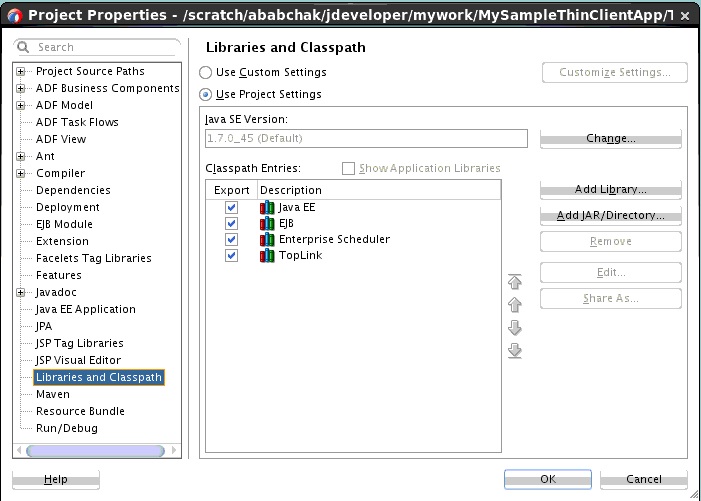


Remove any specified username and password attributes to your jdbc connection (These would be provided by the wallet while making the connection).Jdbc:oracle:thin: the placement of the characters ‘/’ and between the two syntax. Modify the jdbcUrl parameter to instruct the driver that this is a wallet entry._location=(SOURCE(METHOD=FILE(METHOD_DATA=(DIRECTORY= C:\OracleClient\mywallet)))) Define the following 2 environment variables (You can also pass these as JVM_OPTS).You’ll need 3 more jars - oraclepki.jar, osdt_core.jar and osdt_cert.jar on your classpath.

You’ll need ojdbc6.jar or above on your classpath.You need to do a little more in your application so that your application can identify that the entry is from wallet, open the wallet, extract the username and password and then make the connection. Once you have your credential added to Oracle wallet (usually done by DBAs), you need to use this credential in your jdbcUrl parameter.

Your jdbcUrl would be you’ll specify the username, password and the driver class name along with this to make the connection. Regardless of whether you use core Java or any Java framework (Spring Data JPA, Hibernate etc.), you need the database username, the database password, name of the jdbc driver class name, jdbcUrl and ojdbc jar on your classpath. WALLET_ENTRY_FOR_THE_DB = MyWalletEntry.WORLD (This will point to the above database) Java program without using Oracle wallet MYDB.WORLD = (DESCRIPTION=(ADDRESS=(COMMUNITY=abc.world)(PROTOCOL=tcp)(HOST=10.10.10.10)(PORT=1333)) (CONNECT_DATA=(SERVICE_NAME=xyz)(SERVER = DEDICATED))) PATH_TO_ORACLE_WALLET = C:\OracleClient\mywallet PATH_TO_TNS_ADMIN = C:\OracleClient\TNS_ADMIN We’ll use the following variables as an example for demonstration. Before we get into what it takes for a Java program to make database connection using Oracle wallet, let’s first see how we make a connection without a wallet.


 0 kommentar(er)
0 kommentar(er)
